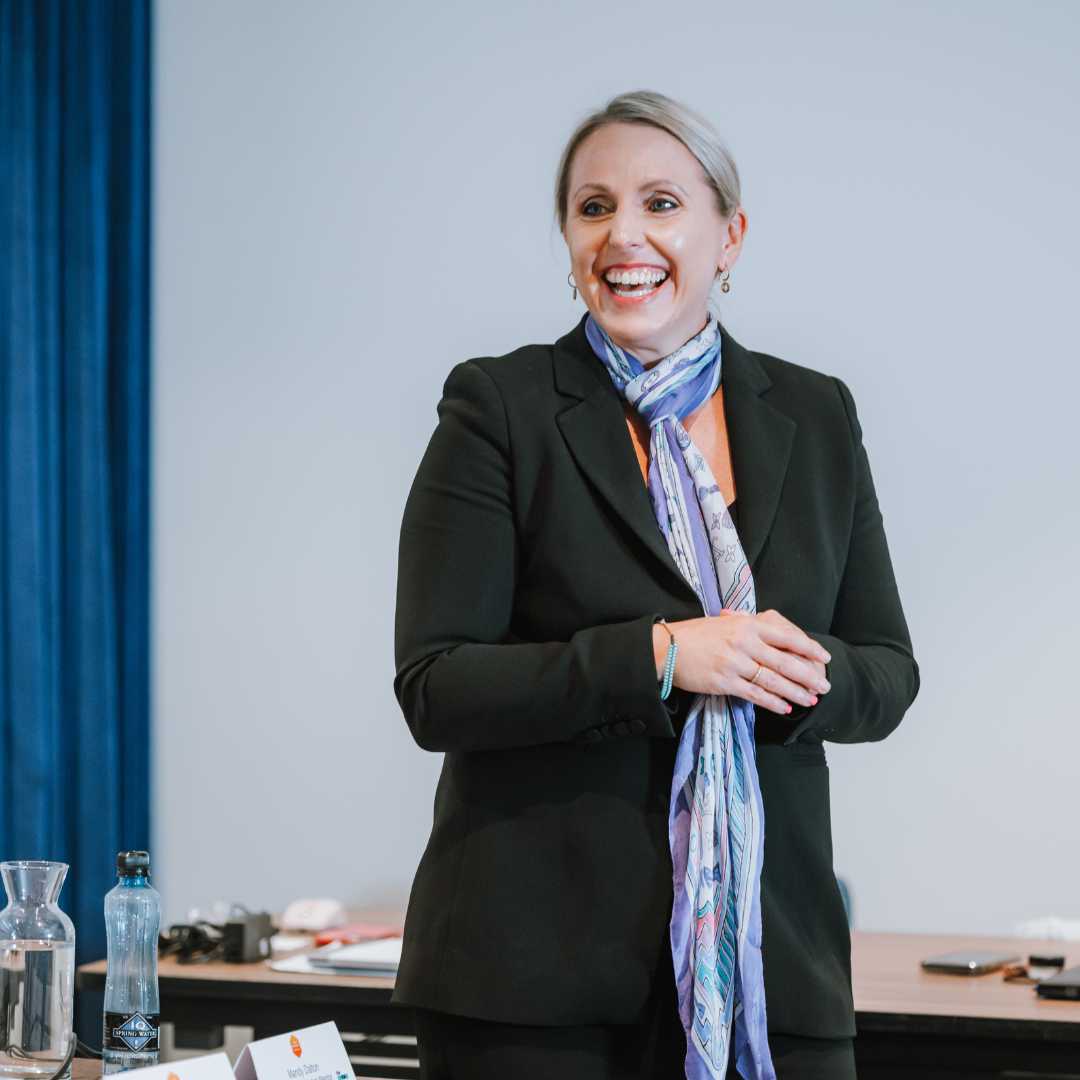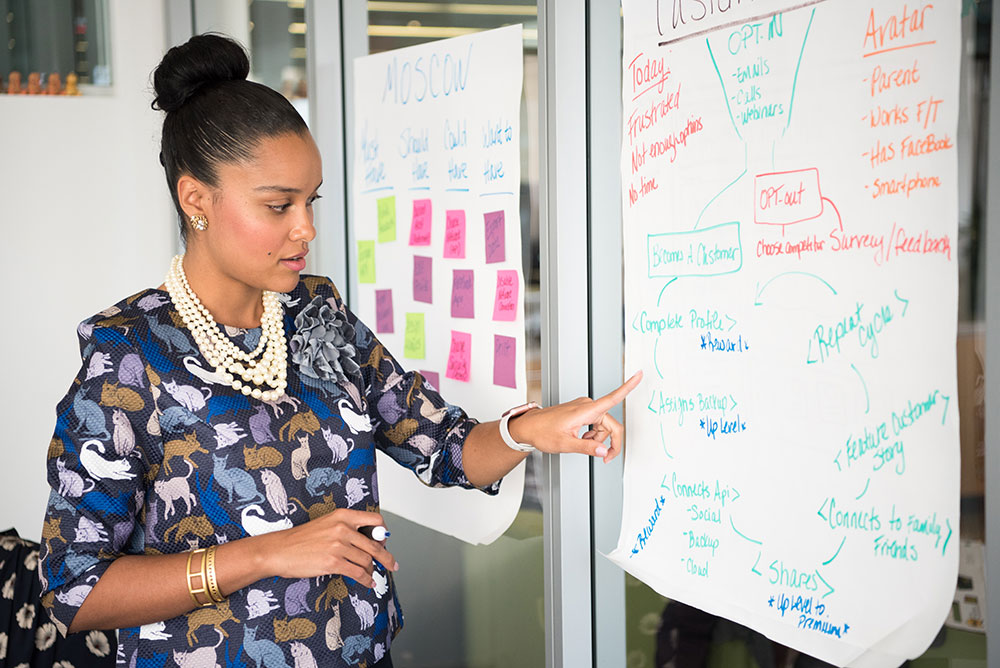12 AI Prompts for Executive Assistants to Boost Productivity
In today’s fast-paced corporate environment, Executive Assistants are expected to juggle multiple priorities while providing seamless support to busy executives. Artificial intelligence has emerged as a game-changing ally for EAs, offering powerful capabilities to automate routine tasks, enhance communication, and streamline workflows.
This guide presents 12 carefully crafted AI prompts specifically designed for Executive Assistants to leverage AI tools effectively. Whether you’re managing complex calendars, drafting correspondence, or preparing meeting materials, these prompts will help you work smarter, not harder.
Why Executive Assistants Should Embrace AI Tools
Before diving into the prompts, let’s understand why AI has become indispensable for modern Executive Assistants:
➜ Time Efficiency: Automate routine tasks to focus on high-value work
➜ Enhanced Quality: Produce polished, professional documents and communications
➜ Reduced Mental Load: Delegate repetitive cognitive tasks to AI
➜ 24/7 Availability: Access assistance anytime, even outside business hours
➜ Continuous Improvement: Leverage AI’s learning capabilities to refine processes

12 Essential AI Prompts for Executive Assistants
Upcoming Meeting
“I have an upcoming meeting with [person or company] about [specific topic]. Summarise any relevant background information about them, their role and any recent news or activities related to them. Then, outline their likely priorities and concerns. Finally, suggest three to five well-crafted, insightful questions I can ask to make a strong impression and ensure a productive conversation.”
🔹 Why it is powerful: Provides instant insights, ensuring you and your executive walk into meetings well-prepared and ready to engage meaningfully.
📌 Best used when: Preparing for meetings on short notice or wanting to ensure high-impact discussions.
Recent Trends
“Summarise the most recent developments and trends in [specific industry or topic]. Highlight any major news, emerging challenges and potential opportunities that might impact [executive’s name] and their role. Present this in a concise, easy-to-read format with bullet points, limiting it to 150 words. Where relevant, suggest potential strategic actions or key takeaways.”
🔹 Why it is powerful: Keeps executives informed with only the most critical insights, cutting out unnecessary noise.
📌 Best used when: Your executive needs a high-level briefing before making decisions, attending meetings or speaking at an event.
Key Takeaways:
“Summarise the key takeaways from this meeting transcript or my notes. Structure it into three sections: 1) Major decisions made 2) Action items with assigned responsibilities 3) Any unresolved topics or follow-ups required. Then, draft a professional, well-structured follow-up email that clearly communicates these points to all attendees, ensuring accountability and clarity on next steps.”
🔹 Why it is powerful: Saves time, ensures clear documentation and prevents misunderstandings in post-meeting communication.
📌 Best used when: Wrapping up meetings and ensuring no critical action items are lost or delayed.
Prioritise Tasks
“I need to structure my day efficiently. Based on my task list, which includes [list tasks], prioritise them using the Eisenhower Matrix (urgent/important framework). Categorise each task as 1) Do now 2) Schedule 3) Delegate or 4) Eliminate. Then, suggest an optimal schedule for completing the most critical tasks while allowing for breaks and unexpected priorities.”
🔹 Why it is powerful: Helps you (and your executives) prioritise tasks effectively, ensuring maximum productivity while reducing overwhelm.
📌 Best used when: Planning the workday, ensuring urgent tasks are tackled first while avoiding unnecessary busywork.
Travel Itinerary
“Create a comprehensive travel itinerary for [executive’s name] for their trip to [destination] from [start date] to [end date]. Include all relevant travel details such as flight times, airport transfers, hotel reservations, meeting schedules, local time zones and any important logistical considerations. Additionally, provide a packing checklist tailored to the destination’s climate and the nature of the trip, ensuring they are fully prepared.”
🔹 Why it is powerful: Eliminates travel stress, ensures smooth transitions and prevents overlooked details.
📌 Best used when: Your executive is travelling and you need a single, well-structured document covering all details.
Document Summary
“Summarise this document or presentation into a structured, high-level executive summary. Include the key insights, critical data points and any decisions that need to be made. Use clear bullet-point formatting, keeping the summary under 200 words. If the document includes complex data, provide a simplified version that captures the main implications without unnecessary jargon. End with three key takeaways or recommended next steps.”
🔹 Why it is powerful: Condenses large amounts of information into a format that executives can process quickly.
📌 Best used when: Your executive needs to digest reports, financials or strategy documents efficiently.
Decision Support
“My executive needs to make a decision between [Option A] and [Option B]. Please provide a detailed pros and cons list for each, considering factors such as cost, efficiency, long-term impact and potential risks. Additionally, offer a concise recommendation based on logical reasoning and best practices, with an explanation of why it would be the most strategic choice.”
🔹 Why it is powerful: Offers structured, objective decision-making support that considers multiple angles.
📌 Best used when: Your executive is weighing important choices and needs clear, unbiased insights.
Tone Refinement
“Rewrite the following message in a more polished, professional and concise manner: ‘[Paste message]’. Maintain the original intent while improving clarity, tone and structure. Ensure it sounds confident, persuasive and well-crafted, avoiding any overly casual language or unnecessary complexity.”
🔹 Why it is powerful: Elevates communication quality, making every message more effective and professional.
📌 Best used when: Refining emails, reports or executive communications.
Event Organiser
“Create a structured and professional agenda for a [type of event or meeting] scheduled for [date]. The objective of the event is [goal]. Include a detailed breakdown of time slots, key discussion points, necessary preparations and any materials or attendees required. Format it for clarity and engagement, ensuring all participants understand their roles and expectations.”
🔹 Why it is powerful: Ensures well-organised, productive meetings with clear objectives.
📌 Best used when: Planning high-stakes meetings, executive retreats or team events.
The Perfect Speech
“Draft a compelling and engaging speech or presentation introduction for [event or situation]. The core message should be [main point]. Start with a strong opening that captures attention, followed by a structured flow that leads into the key message. Keep it concise, under three minutes, impactful and aligned with the audience’s expectations.”
🔹 Why it is powerful: Helps executives deliver strong presentations with confidence.
📌 Best used when: Preparing speeches for public speaking, town halls or leadership updates.
Difficult Conversation
“Craft a professional and diplomatic response for a difficult conversation regarding [describe situation]. The response should address the concerns clearly, maintain a respectful and solution-oriented tone and ensure that all parties feel heard without escalating tensions. If relevant, suggest an action plan to resolve the issue while maintaining professionalism.”
🔹 Why it is powerful: Helps navigate sensitive topics with tact and clarity.
📌 Best used when: Handling difficult workplace situations, executive conflicts or challenging client discussions.
Upcoming Meeting
“Generate innovative ideas for [specific challenge or project]. The goal is to [desired outcome] and key constraints include [list constraints]. Provide at least five out-of-the-box approaches that challenges conventional thinking. Format responses with short explanations for each idea, highlighting potential benefits.”
🔹 Why it is powerful: AI helps generate fresh perspectives quickly.
📌 Best used when: You or your executive need inspiration for strategic planning, problem-solving or team initiatives.
How to Get the Most from AI as an Executive Assistant
To maximise the benefits of these prompts, consider these best practices:
1. Customise for Your Context: Adapt these prompts to reflect your specific industry, organisation, and executive’s preferences.
2. Be Specific: The more details you provide in your prompts, the more tailored the AI’s response will be.
3. Iterate and Refine: Save effective prompts and continuously improve them based on results.
4. Maintain Oversight: Always review AI-generated content before sharing it, ensuring accuracy and appropriateness.
5. Start Simple: Begin with straightforward tasks and gradually expand to more complex applications as you become comfortable with the technology.
AI tools represent a transformative opportunity for Executive Assistants to elevate their support capabilities while reducing administrative burden. By incorporating these 12 prompts into your daily workflow, you’ll enhance your productivity, improve output quality, and free up valuable time to focus on strategic initiatives.
Remember that AI is not about replacing the essential human elements of an EA’s role—empathy, judgment, and relationship-building—but rather about augmenting your capabilities and creating space for these uniquely human contributions to shine.
FAQ About AI Tools for Executive Assistants
Q: Do I need technical expertise to use these AI prompts?
A: No, these prompts are designed to be user-friendly for professionals without technical backgrounds. Most modern AI platforms feature intuitive interfaces that require minimal training.
Q: Which AI tools are best for Executive Assistants?
A: Popular options include ChatGPT, Claude, Google Gemini, Microsoft Copilot, and specialised tools like Motion or Reclaim for calendar management and Grammarly for writing assistance.
Q: Is it secure to share sensitive information with AI tools?
A: Always review your organisation’s data security policies before sharing sensitive information. Many enterprise AI solutions offer enhanced security features, but consumer-grade tools may have limitations regarding confidentiality.
Q: How can I explain the value of AI tools to my executive?
A: Focus on tangible benefits: time savings, improved quality, faster turnaround times, and the ability to handle increased workload without additional resources. Whenever possible, quantify the impact with specific metrics.
Q: How long does it take to become proficient with AI tools?
A: Most Executive Assistants become comfortable with basic AI functions within a few days. Developing advanced prompt engineering skills typically takes a few weeks of regular practice.






